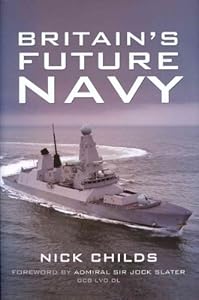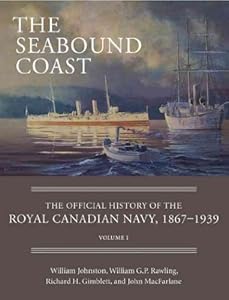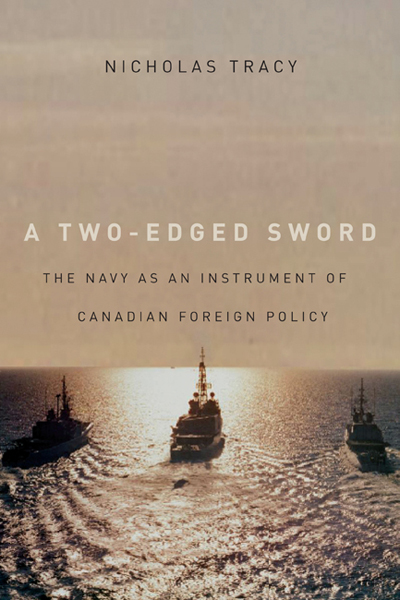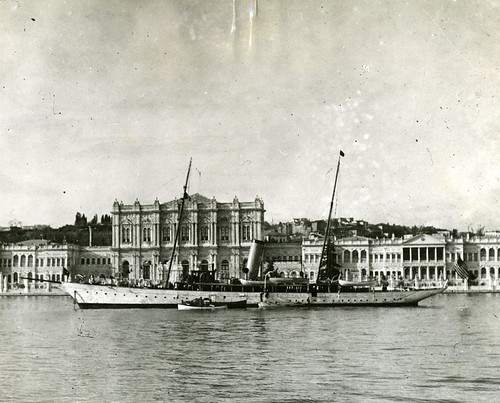Review by Jim Bates
When most people think about
VMF-214, aka "The Black Sheep," they remember either Pappy Boyington
or the fictional characters from the 1970s TV show. Few know that a member of
VMF-214 was not only an ace, but his life was probably more interesting
than the fiction they remember with nostalgia. His name was Chris Magee.
Robert T. Reed's book, Lost Black
Sheep: The Search of WWII Ace Chris Magee, is written in two parts;
the first, a biography of Mr. Magee, the second, a search for Mr. Reed's roots,
and the two turn out to have significant crossover. Chris Magee grew
up in Chicago and, as a young man, tried to get to Europe to become a fighter
pilot in World War II. He failed at first, but did end up training
in Canada with the RCAF. After graduating with his wings from the RCAF he
joined the United States Marine Corps and became the second highest scoring ace
with the Black Sheep. Mr. Magee was not the typical fighter pilot as
portrayed on screen. He was a deeply intellectual man, who was a voracious
reader and a great writer. Several of his letters are included in the
book and they are well written, observant, and quite amusing at times.
Post-war, Mr. Magee continued flying as a mercenary with Israel, later became a
bank robber and then spent some time as a guest of the Federal
Government. After paying his debt to society, he dropped off the face
of the earth.
The second section of the book is more
personal for Mr. Reed. He discovered that the man he grew up calling
"Dad" was not his biological father; it was actually Mr. Magee.
Robert tracked down Mr. Magee and set out to establish a relationship.
What does an ace, robber, and mercenary do in old age? Apparently, settle down
to a life in a small apartment outside of Chicago to continue his intellectual
quests, spending most of his time with his nose in a book. The story continues
as Mr. Reed becomes acquainted with his father and reintroduces Chris to both
his fellow Black Sheep and Mr. Magee's remaining estranged family members.
Lost Black Sheep is quite interesting and enjoyable. After finishing it, I
longed for more insight into what made Mr. Magee tick. Clearly he was far
from the stereotypical fighter pilot and certainly no two dimensional
underscripted TV character.


























